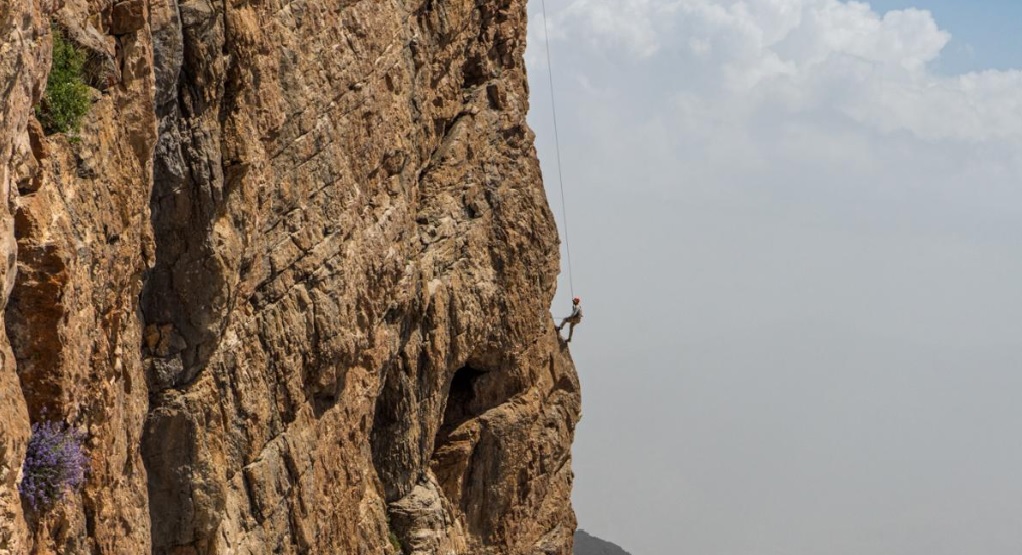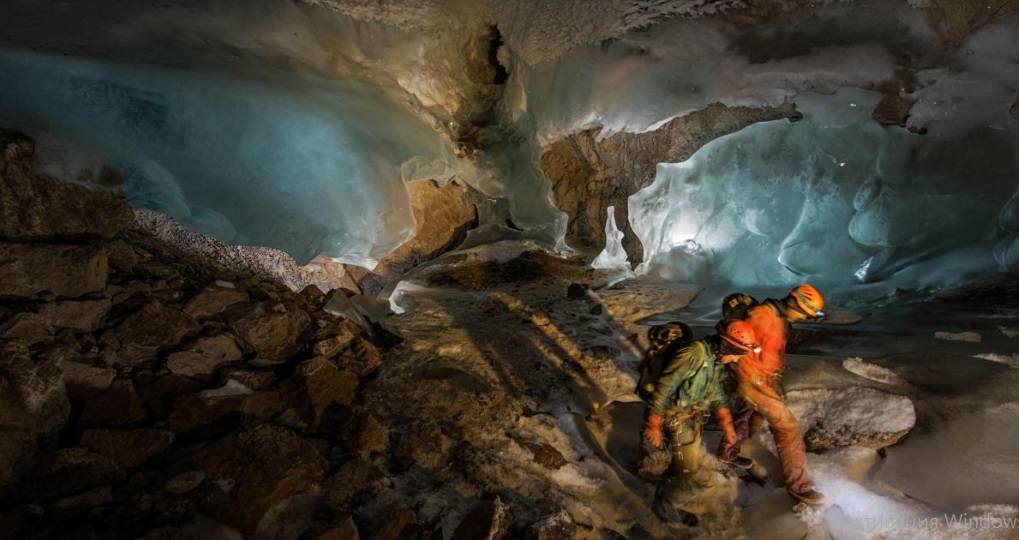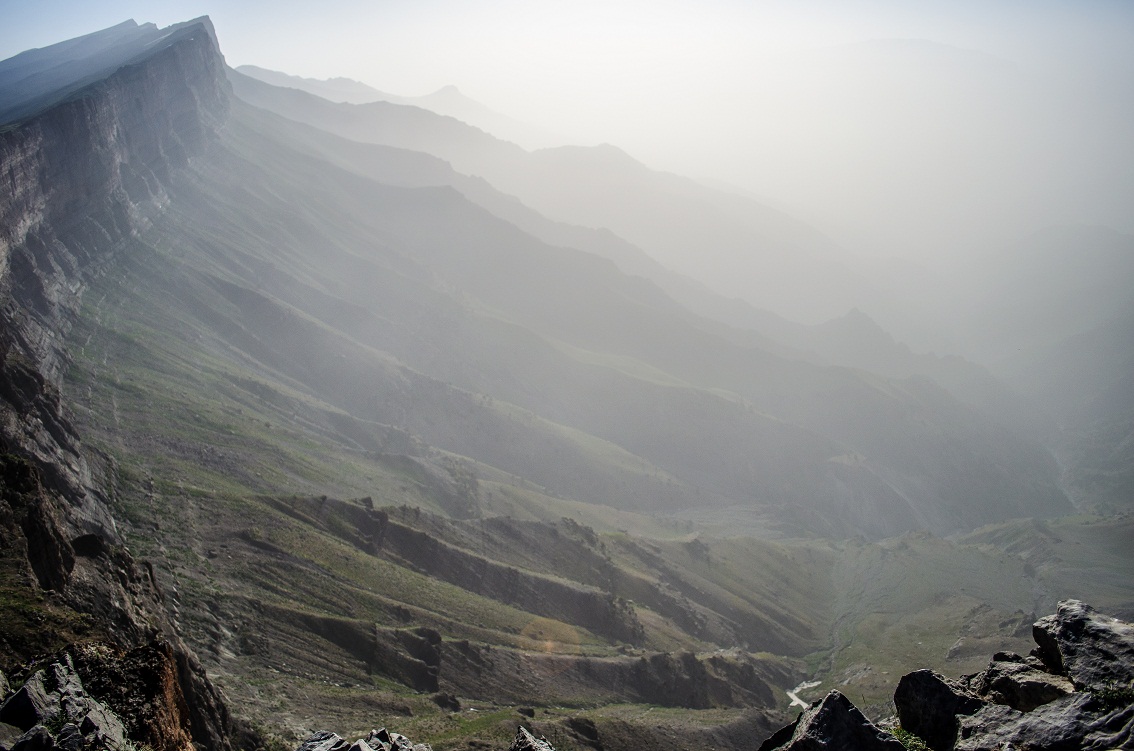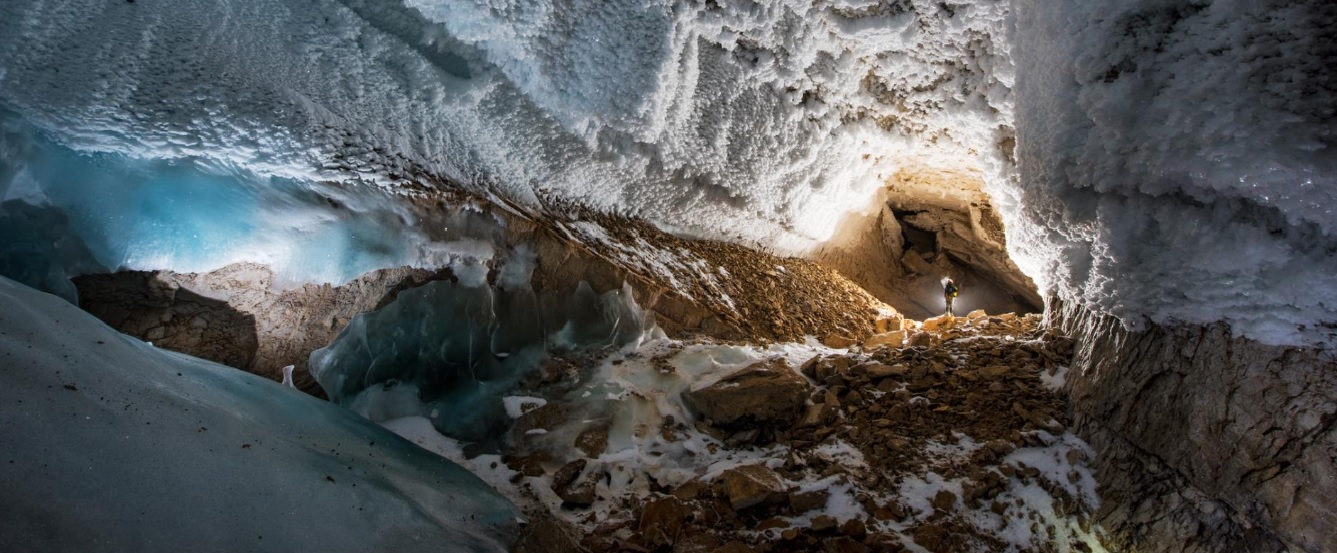Is This the Underground Everest? This is the title of the article by the British author of the famous National Geographic Mark Synott.

Far below a remote mountain range in Uzbekistan, the researchers of an international expedition are delving into a maze that may lead to the deepest cave in the world.
Author Mark Synott climbs the winding cliffs of Baysuntau. Inside this limestone wall lies a unique underground world. So far, eight expeditions have explored the Dark Star. No one knows how far the cave extends. The unique underground lakes of the Dark Star amaze researchers with their depth and colorfulness.
Outside the cave, the temperature ranges from 30°F to 37°F-a small deviation with a big impact on nature: as the team members descend deeper, the blue ice gives way to bare rocks.
The author writes that he was in a difficult situation, because he signed a contract with an expedition of 31 members, consisting mainly of a non-English-speaking audience, to explore this huge limestone mountain system from the inside in a remote corner of Uzbekistan.

The Russians discovered the entrance to the cave in 1984, but British cavers were the first to reach it and began exploring the system in 1990; they named it after a satirical American science fiction film of the 1970s. In the following decades, the "Dark Star" together with the neighboring "Festival" attracted inveterate cavers from all over the world.
The charm of this huge system lies in the fact that the local mountains have great opportunities for climbers — with one difference: We know that Everest is the highest peak on Earth, but the potential for conquering new and huge underground voids is almost limitless. More is known about the relief of Mars than about what is hidden under the surface of the Earth. Kruber Cave in the Republic of Georgia is currently the deepest known cave, reaching 7208 feet. But Dark Star, with so many areas yet to be explored, is a prime candidate for this title.
To date, eight expeditions have identified nearly 11 miles of Dark Star passages, the deepest of which is about 3,000 feet below the earth's surface.

Ice crystals fill the corridor of the Lunar Path. This 820-foot-long path is the largest ever discovered in a Dark Star. The entire cave system is a geological time capsule: mineral deposits reveal the thousand-year history of the local climate.
The full version of the article is available here.










Working hours: 9:00 AM - 6:00 PM, Mon-Fri
For any questions
ПОЛЬЗОВАТЕЛЬСКОЕ СОГЛАШЕНИЕ
1. Определение
Настоящее Пользовательское соглашение (далее — Соглашение) является Публичной офертой в соответствии со статьёй 367 Гражданского кодекса Республики Узбекистан от 21.12.1995 (https://lex.uz/ru/docs/111181#162763) и регулирует порядок использования материалов и Сервисов сайта Государственного унитарного предприятия «Национальный PR-центр» (далее — Предприятие), размещённого на веб-сайте и поддоменах Национального Туристического Информационного Центра: https://uzbekistan.travel/ (далее — Сайт).
Посетитель и (или) Пользователь подтверждает, что ознакомлен, полностью и безоговорочно принимает все условия настоящего Соглашения и обязуется их соблюдать.
Использование Сайта Пользователем означает полное принятие данного Соглашения «как есть» в форме акцепта.
Соглашение вступает в силу с момента посещения любой страницы Сайта и (или) регистрации на Сайте и действует бессрочно во время пользования Сервисами Сайта.
Настоящее Соглашение обязательно для исполнения всеми Посетителями и Пользователями без каких-либо изъятий и дополнительных согласований.
Пользователь обязуется самостоятельно проверять актуальную редакцию Соглашения на Сайте перед использованием Сервисов.
2. Предмет Соглашения
Предметом настоящего Соглашения являются правила использования материалов Сайта и предоставление Посетителю и (или) Пользователю возможности использования Сервисов Сайта.
Предприятие является правообладателем исключительных прав на Сайт в целом и на его составные части, включая все виды контента: логотипы, товарные знаки, тексты, статьи, аннотации, иллюстрации, фотографии, графику, аудио- и видеофайлы, пользовательские интерфейсы, дизайн, структуру, программы, базы данных.
Я прочитал(а) и соглашаюсь с условиями использования сайта и политикой конфиденциальности.
